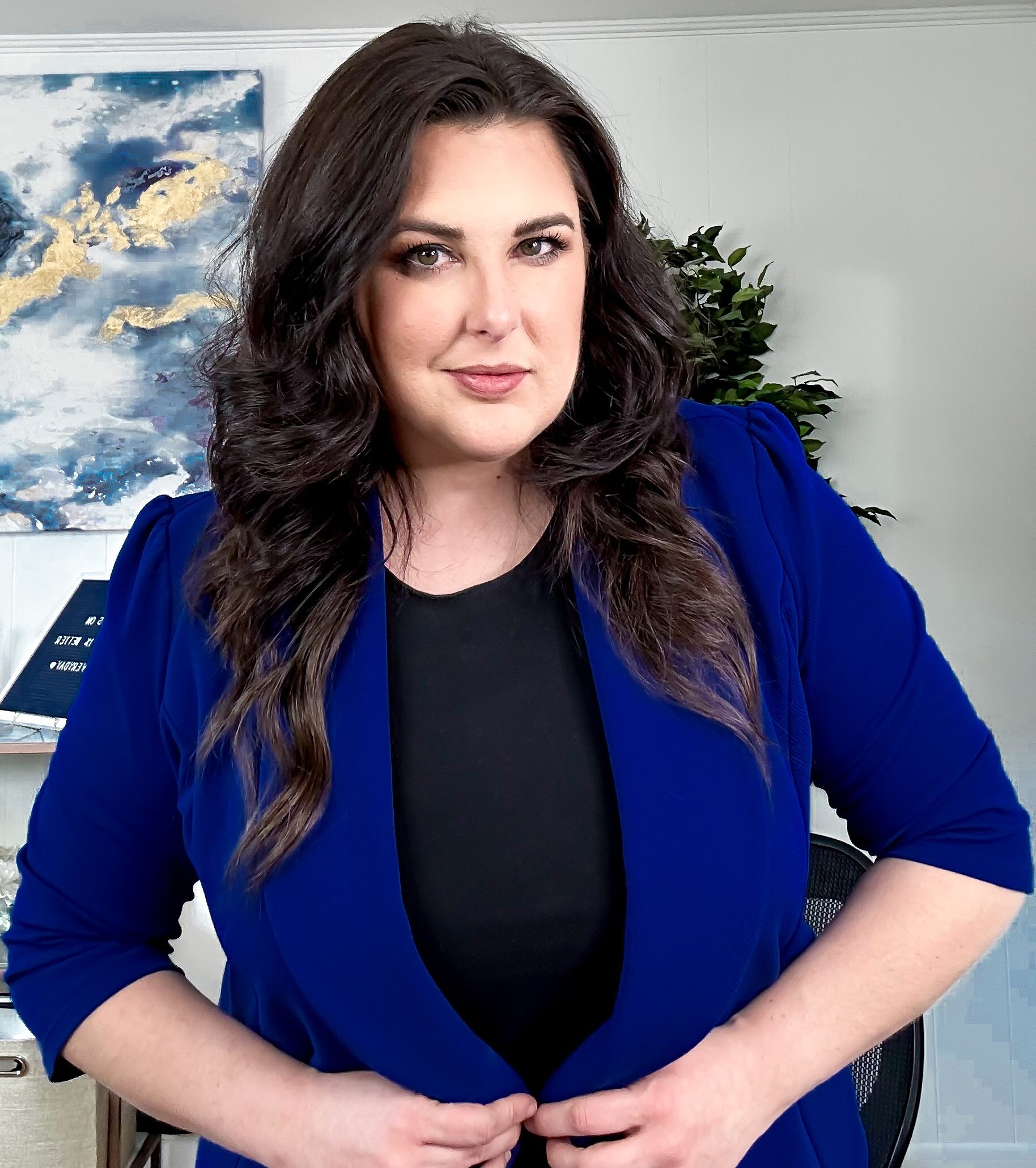Your resume gives employers a snapshot of your qualifications, but adding your LinkedIn profile can show the whole picture. Including LinkedIn on your resume helps hiring managers learn more about your experience, see endorsements, and view work samples that don’t fit on a single page. In this guide, we’ll walk you through the best ways to add LinkedIn to your resume and explain why it can make a strong first impression during your job search.
Why Add LinkedIn to Your Resume?
Your resume lists your skills and experience. Your LinkedIn profile brings them to life.
By including your LinkedIn, you give employers easy access to:
- A broader career story
- Recommendations from colleagues and clients
- Work samples, articles, or presentations
- Detailed accomplishments you couldn’t fit on your resume
- A timeline of your professional growth
Most recruiters look up candidates online — even before the interview. Including a polished, up-to-date LinkedIn profile shows you’re ready for that kind of attention. It also shows initiative and professionalism, which many employers value highly.
Where To Put LinkedIn on a Resume
1. Add LinkedIn to your resume header
The most common and effective place to add your LinkedIn profile is at the top of your resume, in your contact section. It should sit next to your email address, phone number, and location.
Example:
Skyler Lewis
[email protected] | (555) 123-4567 | Chicago, IL 60616 | linkedin.com/in/sklewis
If you’re using a two-column resume or creative layout, ensure the link remains visible and easy to access.
Example:
Sam Wright
[email protected] | (212) 987-6543
Brooklyn, NY 11211
LinkedIn: linkedin.com/in/swright-design
2. Include it as a clickable link in digital versions
When submitting a resume online, make sure the LinkedIn URL is clickable. This ensures recruiters don’t have to copy and paste the link into their browser.
In most word processors and design platforms, you can add hyperlinks directly to your contact info. Test the link on PDF resumes before sending them.
3. Avoid placing LinkedIn in your resume footer
Although some templates place contact info in the footer, it’s better to keep it in the header. Recruiters may overlook or miss footer details, especially when using applicant tracking systems (ATS). Stick with the top section for maximum visibility.
How To Customize Your LinkedIn URL
Before adding LinkedIn to your resume, take a moment to personalize your URL.
The default LinkedIn link often includes random letters and numbers, which can look unprofessional. A clean, custom URL looks better and is easier to remember and share.
1. Steps to create a custom LinkedIn URL
- Log in to your LinkedIn account
- Go to your profile page
- Click “Edit public profile & URL” on the right side
- Select “Edit your custom URL”
- Choose a variation of your name (example: linkedin.com/in/jillnguyen)
Use your full name, or a version that closely matches your professional brand. Avoid including nicknames or random characters.
2. Keep it short and consistent
Your URL should be easy to type and reflect your professional identity. Match it with the name you use on your resume, business cards, and email signature.
LinkedIn Resume Tips: What To Check Before You Share
Before linking your LinkedIn profile to your resume, make sure it reflects your most current and relevant experience. A well-maintained profile can strengthen your job application, but an outdated or inconsistent one can raise red flags.
1. Update your work experience and skills
Make sure your job titles, dates, and duties align with what’s on your resume. While your profile can include more detail, it should never contradict your resume. Keep descriptions clear, honest, and up to date.
2. Add a professional photo
Profiles with a photo are far more likely to get noticed. Choose a high-quality image that makes you appear approachable, dressed appropriately for your industry, and well-lit.
3. Complete the “About” section
Use this space to summarize your career goals, skills, and values. Think of it as your professional introduction. Keep it authentic, focused, and aligned with the roles you’re targeting.
4. Gather recommendations
Endorsements and recommendations can boost your credibility. Ask past colleagues, supervisors, or clients to leave a short testimonial. A few lines can make a strong impression on someone browsing your profile.
When Not To Include LinkedIn on a Resume
Adding LinkedIn to your resume is smart if your profile is complete and polished. But if it’s outdated or underwhelming, it’s better to leave it off until you’ve had time to improve it.
Here are a few cases where skipping the link makes sense:
- You haven’t updated your profile in over a year
- You don’t have a professional photo
- Your work history is inconsistent with your resume
- You have few connections or no activity
- You’re not actively using LinkedIn
If any of these apply, take a few days to update your profile before including it on your resume. A weak profile can work against you.
Frequently Asked Questions About How To Put LinkedIn on a Resume
Yes. If you’re submitting your resume digitally, include a link to your LinkedIn profile so recruiters can click it directly. This saves them time and increases the chances they’ll review your profile.
No, but it helps. A LinkedIn profile isn't required, but it shows you're engaged with your industry. For roles that involve networking, tech, or professional services, it’s often expected.
Make sure both are aligned. If your LinkedIn profile includes different dates, job titles, or responsibilities, it can raise doubts. Consistency builds trust with recruiters.
Yes, and it’s recommended. Customizing and shortening your LinkedIn URL makes it cleaner and easier to include on your resume and business cards.
Resume.org offers free, HR approved resume templates to help you create a professional resume in minutes. Choose from several template options and even pre-populate a resume from your profile.

